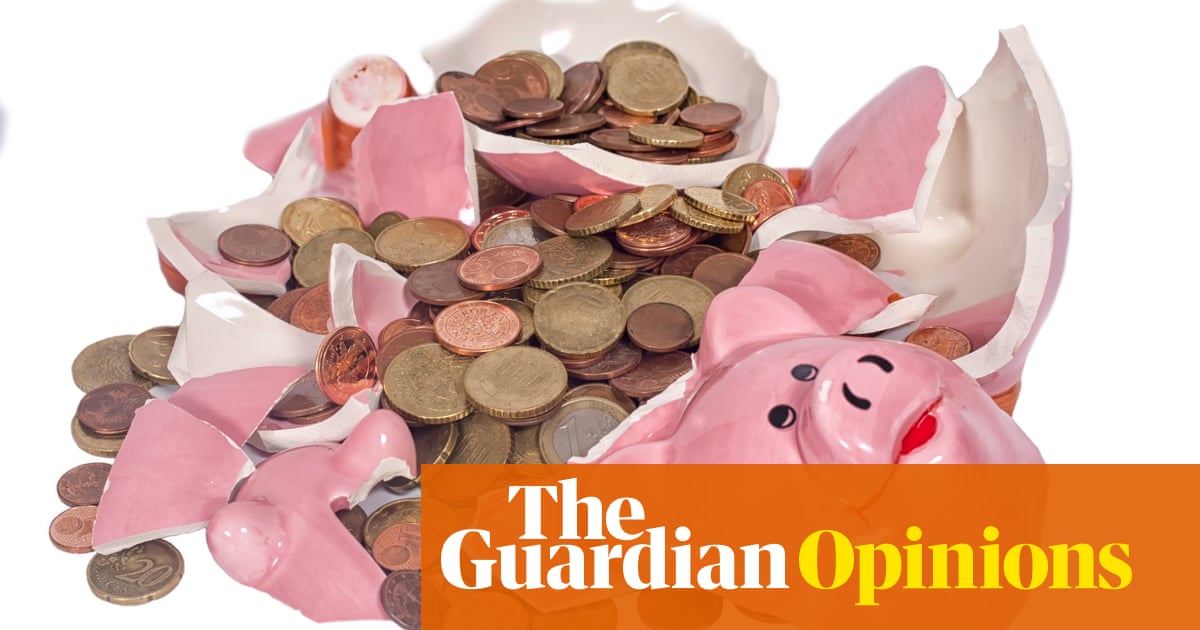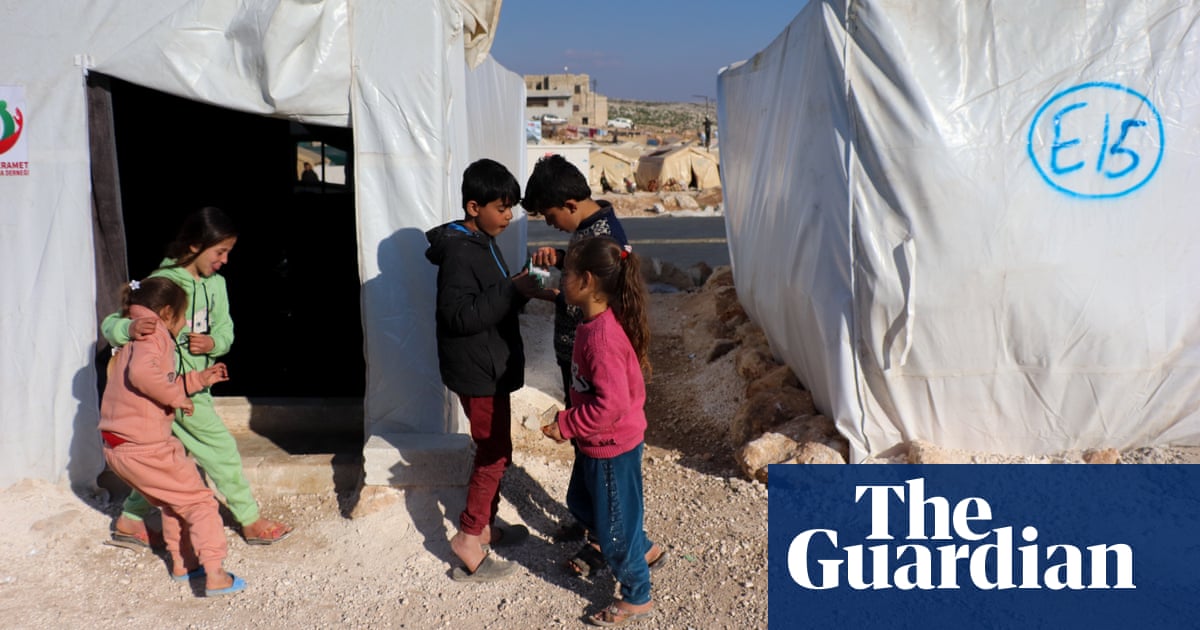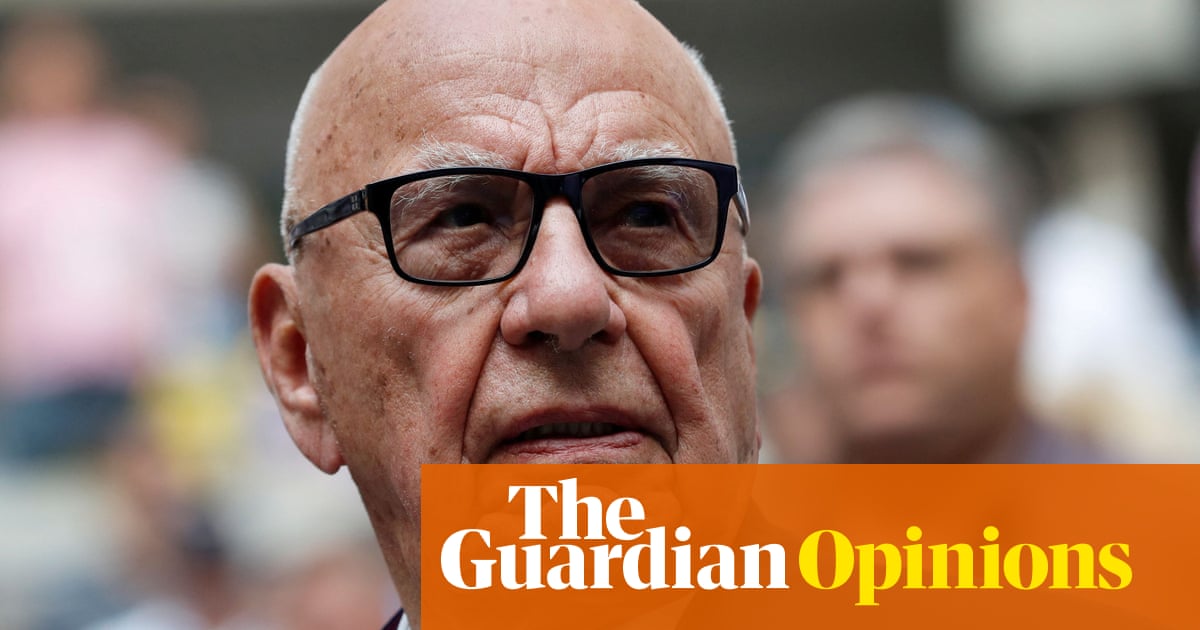
normally spend my time travelling the country, visiting museums and galleries, watching how the public engage with displays, and discussing what lies ahead with staff. But all of that has been off limits for the past 12 months as the pandemic has closed every museum in the UK for the first time since the second world war.
Instead, I have seen museums of every size and type face up to their biggest challenge since the 1940s. It certainly hasn’t been easy. Closure has meant budget cuts, belt-tightening and job losses. We have already documented 4,000 redundancies in the sector and we know there are more to come. Six in 10 museums are worried about their very survival.
The situation would be even worse in the absence of emergency government support. The furlough scheme, business rates holiday and the culture recovery fund (CRF) have been vital in keeping heads above water. News of a further £300m of CRF, £90m for national museums, and increased culture funding for devolved administrations announced in this week’s budget, is hugely welcome. This funding is enabling museums to retain staff, preserve collections and continue working with communities – in spite of their year-long closure.
Just as museums made the best of a bad situation during the war, there have been some surprising positives among the many difficulties of the Covid crisis. In particular, I have been struck by the way museums have been at the forefront of supporting local communities with education, entertainment and practical help during lockdowns. From interactive online sessions, to festivals, podcasts and gaming, museums have engaged, innovated and entertained.
They have also recognised that not every family has digital access: the Seven Stories National Centre for Children’s Books (winner of the Museums Change Lives award) has delivered hundreds of meals and books, as well as reading doorstep stories with its local community in Byker. Recently, some museums have even become vaccination centres, such as the Thackray Museum of Medicine in Leeds. Museums are also continuing much of their normal work on collections – including gathering objects and stories concerning the Covid crisis so that current and future generations will be able to understand and learn from this time.
Perhaps most importantly, museums have continued to make us think and give us hope. One of the few exhibitions I managed to see in real life last year was the Refugees exhibition at the Imperial War Museum. The three parts – Forced to Flee, Life in a Camp and A Face to Open Doors – presented a combination of rigorous research, carefully curated objects and immersive experiences. It is hard-hitting, moving and could only happen in a museum space.
Now our attention is turning towards the future and the post-Covid world. Reopening seems finally to be on the horizon and, while we were disappointed that the reopening date for museums in England is set for 17 May – five weeks after libraries, shops and many others – most museums are pleased to at least have a date to work towards.
Reopening will not mean instant recovery. All will operate under Covid-secure protocols to ensure the safety of visitors until the remaining restrictions are lifted – and for many museums, this means operating at 20% of their usual capacity. But we know from our experience of the short-lived reopenings last summer that visitors want to return. When I visited the outdoor museum at St Fagans in Wales on a beautiful late-summer day last year, I could see the impact being back in their wonderful spaces was having on them and the public. Hopefully there is more of this to come with a potential domestic tourism boom this summer – although there is a more difficult outlook for museums that are reliant on international visitors, including some of our national institutions.
Museums are considering how their role has changed in the past year – and how they can be better institutions. Covid-19 is not the only thing that has shaken our view of the world. The Black Lives Matter movement has made us question the roots and continued existence of racism and inequality, and how museums might combat them. In the aftermath of the demonstrations, many museums, such as the V&A, issued statements condemning racism and outlining measures they were going to take. These actions have to be part of our future planning if we are to diversify our audiences, staff and boards.
The movement also fostered a wider conversation about the legacy of slavery and empire in the civic realm and in museums and collections. Many museums were already researching this history with a view to broadening our knowledge – and that work needs to continue if we are to have a full understanding of British history. However, in England, there is still disquiet about the so-called culture wars, and concern that the arms-length principle of independent decision-making is at risk. The Museums Association has spoken out to defend the independence of museums from government.
Meanwhile, the climate crisis remains a key issue where museums can play a part in informing public understanding. Cop26 in Glasgow in the autumn will ensure a renewed focus and it is critical that museums use their collections to highlight the crisis and to encourage people to change their behaviour, as the Horniman Museum in south London and many more are doing.
The past year has been a time of extraordinary change, difficulty and resilience for our sector. Museums have demonstrated a dogged persistence and determination to continue serving their communities. The year to come has its own deep challenges – but museums will rise to them and play their part in our recovery.












